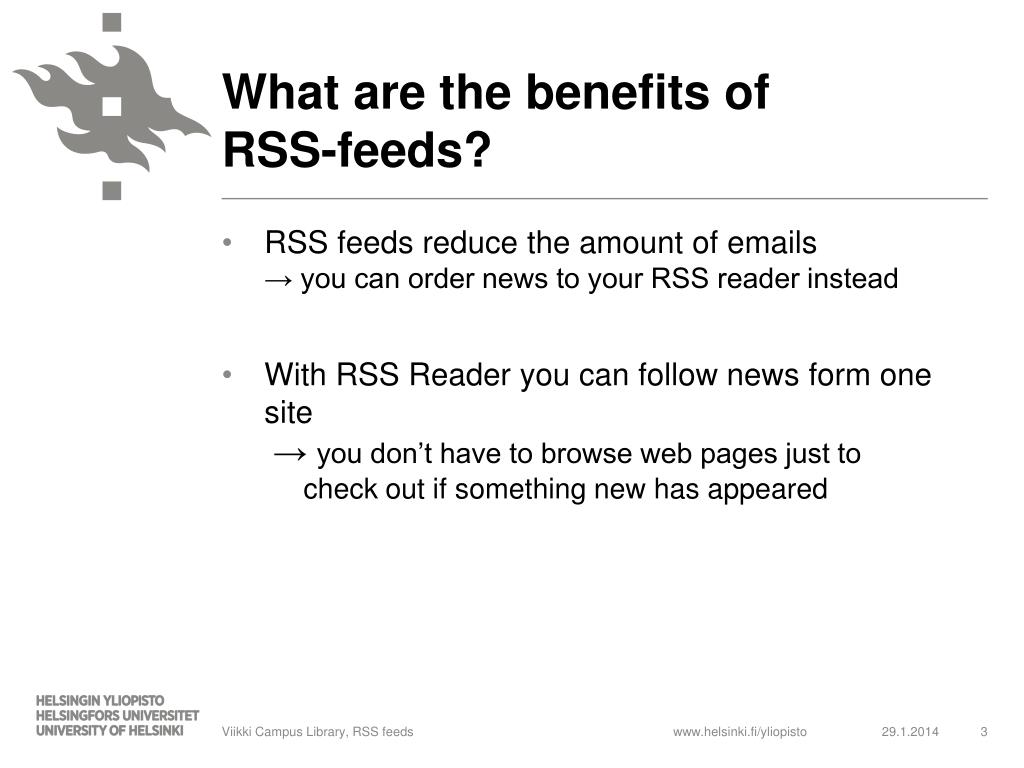

He invited his readers to imagine a future in which fencing aficionados, rather than going directly to an “online sporting goods site” or “fencing equipment retailer,” could buy a new épée directly through e-commerce widgets embedded into their favorite website about fencing. The future once looked so bright for RSS. Kevin Werbach, writing for Release 1.0, a newsletter influential among investors in the 1990s, predicted that syndication “would evolve into the core model for the Internet economy, allowing businesses and individuals to retain control over their online personae while enjoying the benefits of massive scale and scope.” The web, originally built to enable a simple transaction between two parties-a client fetching a document from a single host server-would be broken open by new standards that could be used to repackage and redistribute entire websites through a variety of channels. One theory was that the web was about to be revolutionized by syndication. In the late 1990s, in the go-go years between Netscape’s IPO and the Dot-com crash, everyone could see that the web was going to be an even bigger deal than it already was, even if they didn’t know exactly how it was going to get there. The second is a story about how a collaborative effort to improve a popular standard devolved into one of the most contentious forks in the history of open-source software development. The first is a story about a broad vision for the web’s future that never quite came to fruition.

The story of how this happened is really two stories.


 0 kommentar(er)
0 kommentar(er)
